
You don’t need a bank loan to get started in .22 LR tactical and long-range competition. What you do need when first starting out, in order to avoid discouragement over too many missed targets, is an adequate entry-level rifle and scope. If the pocketbook and interest warrant, upgrading can follow later.
Competition combines timed fire, movement, sometimes-awkward positions and targets varying from 25 to 300 yards and more—often all in the same string of fire. The game requires not just an accurate rifle, but a scope with a wide latitude of capability. You could read some inspiring articles and then commit a few thousand dollars on a rifle and scope, but the cautious approach for the frugal is to start out with less-expensive equipment that is still adequate enough to be at least reasonably competitive.

The payoff is that hands-on time with less-expensive gear will provide the experience to see whether the game really interests you, and to guide gear-upgrading decisions later. I’ve had the good fortune to start in the game informally with a local group of shooters. Their gear runs the gamut from off-the-shelf Ruger 10/22s, to Vudoo and Vortex combos for serious NRL 22 competition that edge the $4,000 mark. The benefit of listening and observing allowed me to make reasonable decisions on choosing my own entry-level equipment.
Ruger and Mueller Optic: $400
For $350, I bought a used Ruger American Rimfire rifle already outfitted with Weaver scope mount bases and a bipod. The stock is a sturdy laminate and sports an aluminum bedding block, which offers an extra shot of confidence that the rifle is capable of excellent accuracy. Trigger break is a consistent 2.25 pounds, uber-light to a shooter accustomed to the 4.5-pound triggers that are required in High Power Rifle competition.
I topped the Ruger with a Mueller All Purpose Tactical 4.5-14X 46 mm scope, purchased for $50 from a friend who had used it on his own entry-level rig. The Mueller is a decent scope but, oddly, the reticle has mil dots, while adjustment is in ¼-MOA clicks—two completely different systems of measurement. I asked the manufacturer if there is some advantage in the mixed system; the answer was, “No,” without elaboration.
At the time (before I fired my first .22 LR tactical/long-range match), the Mueller appeared to have the features the game calls for, but the 14X magnification wasn’t enough for me, and the elevation adjustment in the scope hit the upper stop at 200 yards. Most scopes typically run out of elevation adjustment at what is quite “long range” for .22 LR, just a few hundred yards. The fix, of course, is to raise the rear mount with shims, or to purchase a single-piece mount or rail with that feature already machined into it, typically called an MOA rail. With shim material already on hand, there was no cost involved in doing it myself. A 20-MOA shimming enabled the Mueller to reach out 300 yards without running out of elevation adjustment.
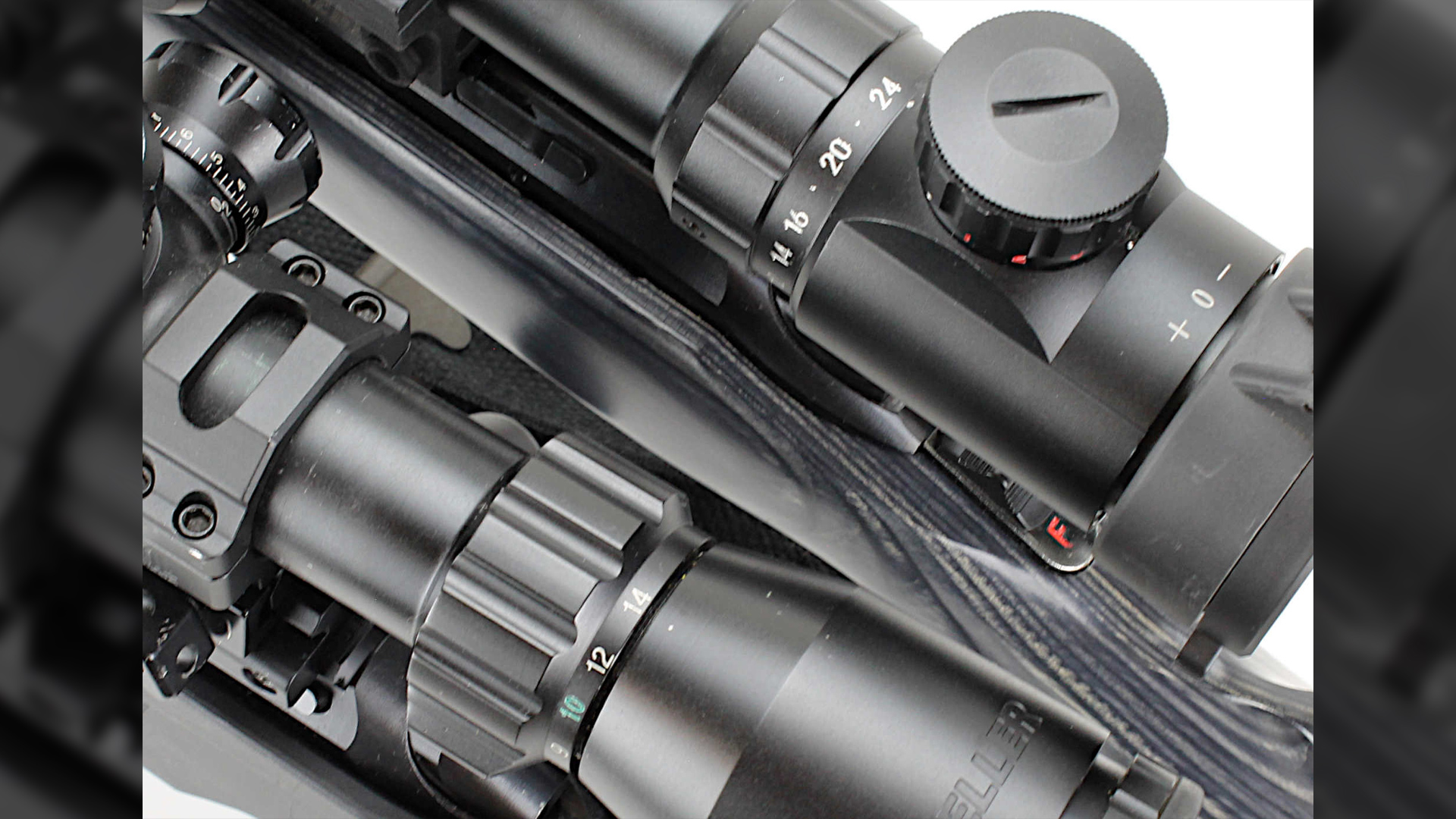
Ruger Precision Rimfire and Osprey: $735
Next came a new a Ruger Precision Rimfire Rifle for $430, thinking I was upgrading to a match chamber. I should have read the manufacturer’s description more carefully, which says the Ruger Precision Rimfire has a “target barrel,” but does not mention the chamber itself. I learned later from a Ruger engineer that all Ruger .22 LR firearms have standard SAAMI chambers, although, he said, Ruger tends to ream chambers to minimum specs. The Ruger Precision Rimfire has other match-grade features, such as an adjustable trigger, stock and cheek piece. Why a manufacturer would elect to cut a standard “plinker” chamber in what would otherwise be a fine out-of-the-box competition rifle is one of those baffling decisions usually prompted by attorneys or bean counters. Fortunately, aftermarket match grade barrels for the Ruger Precision Rimfire are available.
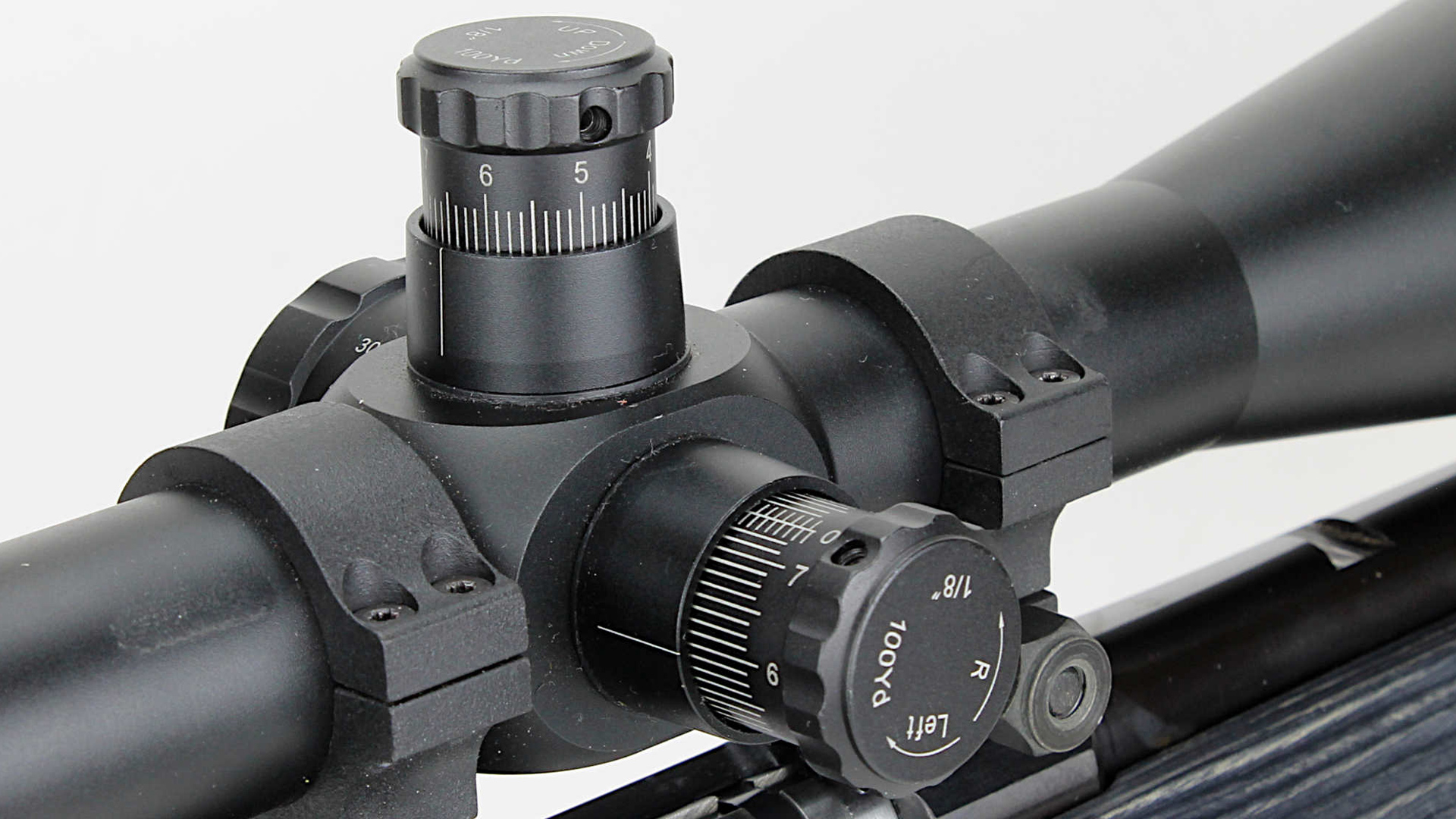
Reducing the Ruger Precision Rimfire’s trigger pull adjustment bottomed out at a sweet two pounds, right on the nose. The bolt of the Ruger Precision Rimfire dragged roughly in the receiver, but some careful stoning rendered it slicker than a campaign speech. Similar to the Ruger American, the Ruger Precision Rimfire needed some elevation assistance, accomplished this time with installation of a $33 Ruger-brand 30-MOA Picatinny rail.
I moved the bipod to the Ruger Precision Rimfire and mounted the rifle with a new Osprey Global TA 6-24X 50 mm IRF scope purchased at a gun show for $240. The 50 mm objective lens required adding risers to the Picatinny rail. The scope’s reticle includes windage and elevation hash marks at five-MOA increments; adjustments are 1/8-inch clicks. The lower portion of the reticle is intended for ranging human targets, not useful for that purpose in the .22 LR tactical/long-range game, but useable for hold-over shots once you’ve worked out the ballistics beforehand. I later swapped scopes on the two rifles, which is how they now appear in the photos.

Lessons Learned
Shooting these two inexpensive rifles and scopes in informal competition has provided a few useful take-aways. The Ruger American is “cleaner,” lacking the multiple sharp edges, angles and protrusions of the Ruger Precision Rimfire, making it handier for the movement aspects of the .22 LR tactical/long-range game. The Ruger American would benefit greatly from a match chamber, but the barrel is press-fit and pinned in place, so there is no “drop in” barrel replacement option, as with the Ruger Precision Rimfire. Still, it is as accurate as the factory Ruger Precision Rimfire with its preferred ammo.
A now-slick bolt and lighter trigger are the positives for the Ruger Precision Rimfire, as well as better ergonomics provided by the pistol grip and adjustable stock. The barrel is easily removed and replaced with a true match grade barrel, utilizing a common AR-15 armorer’s wrench.
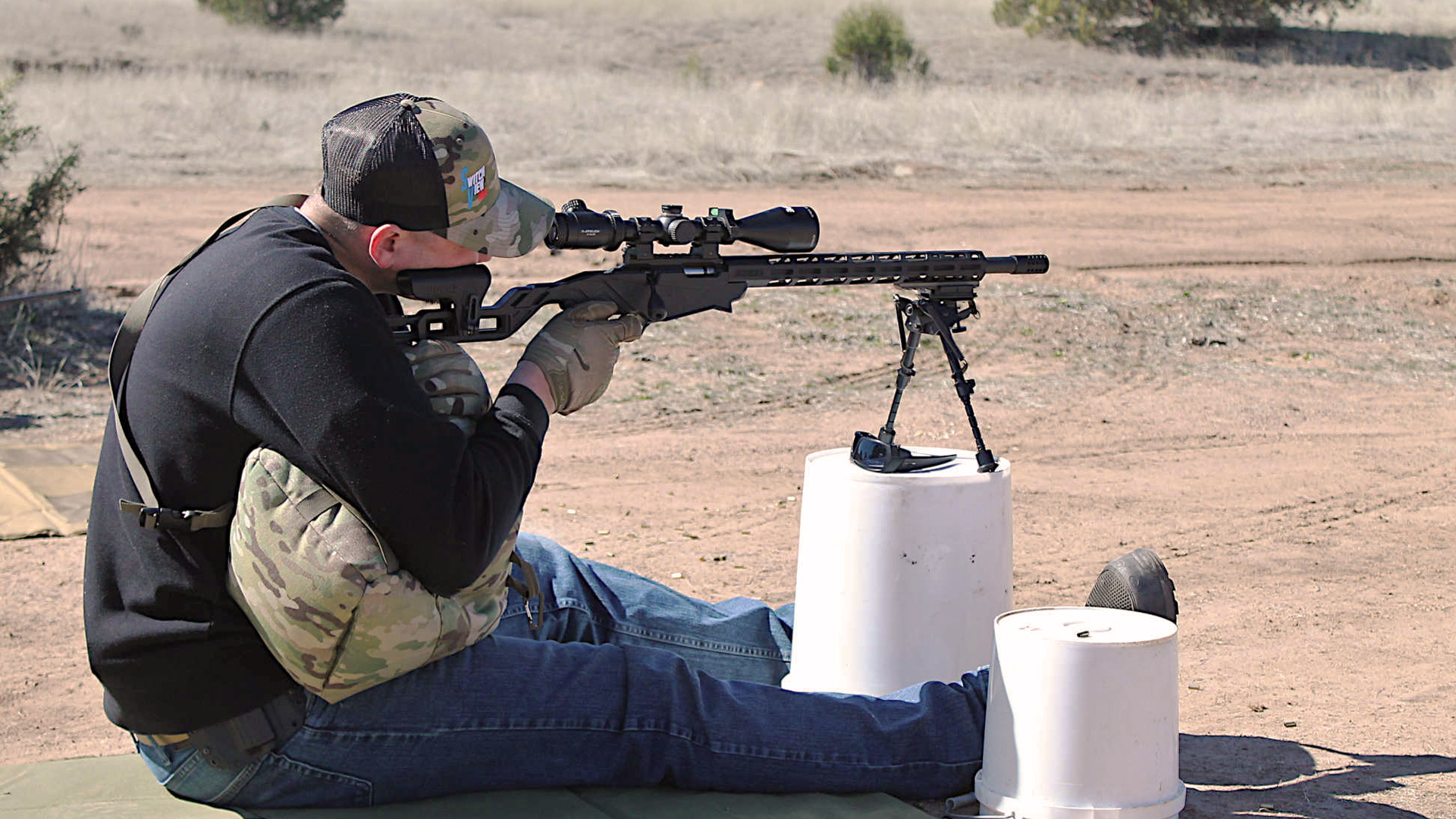
Even entry-level scopes should have wide variable magnification (e.g., 5-25X and 6-24X), parallax adjustment on the side rather than on the objective lens, and rapid and highly visible turret adjustments. Scope tube diameters of 30 mm or 34 mm allow greater windage and elevation adjustment than do one-inch tubes. Scope ring dimensions should not block view of the windage, and elevation adjustment knob markings while the rifle is shouldered.
You will want to have plenty of magazines loaded up and ready to go. The rock-bottom minimum for competition is four 10-round mags, which you can reload between stages, though three or four times that is more realistic. Larger capacity mags may be permitted, but five-round mags are a distinct disadvantage in time lost changing mags during a stage.
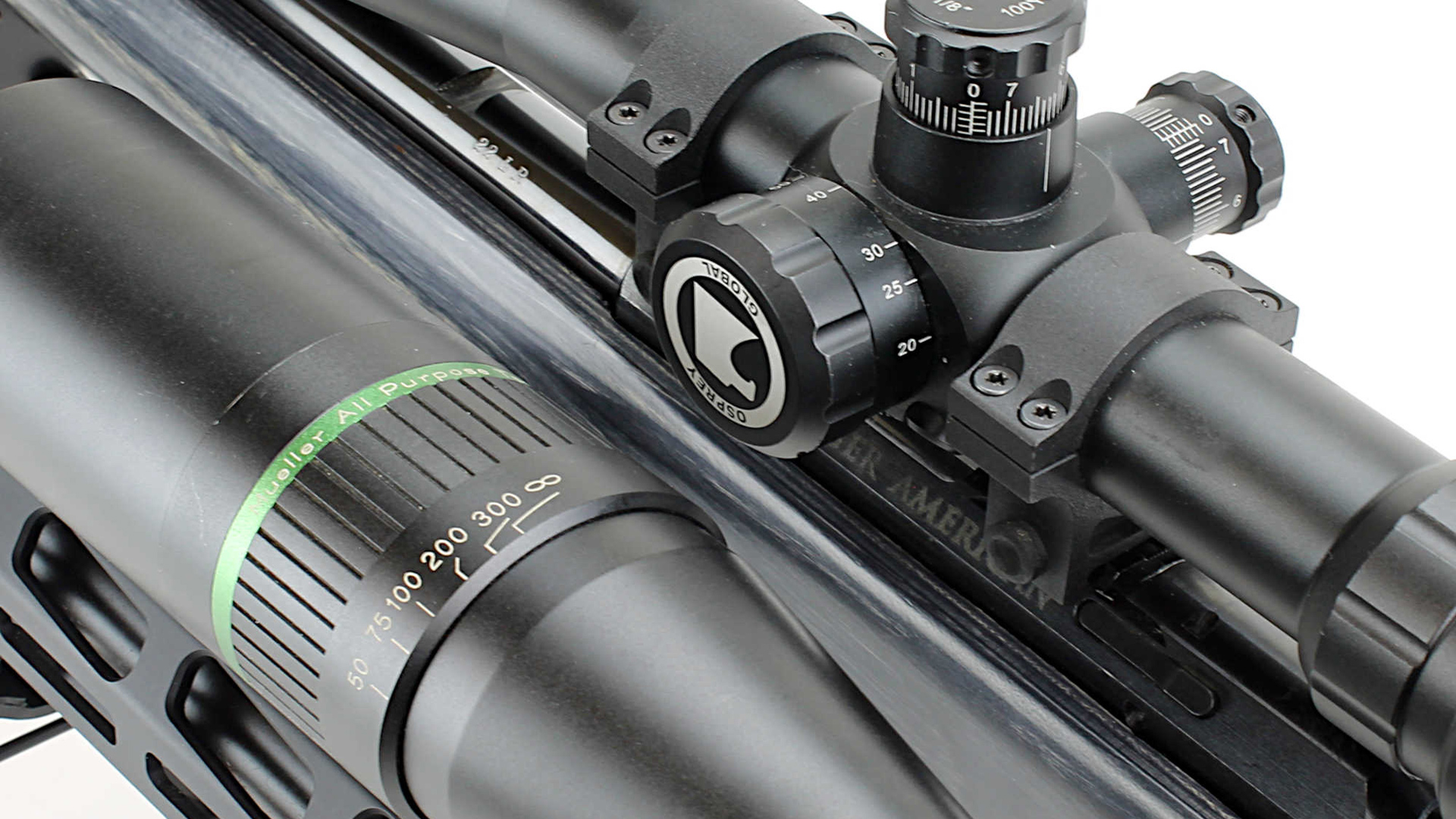
A range card—a printed table of scope elevation settings for various distances—is an absolute must. Once you’ve settled on specific .22 LR ammo for your rifle, use a ballistic app or online ballistics calculator to make your range card. Competitors also use a ballistic app on their phones behind the firing line to calculate real-time adjustments to right-now weather conditions.
Canting bipods are requisite, as many shooting stages are designed specifically for them. Most shooters eschew slings—where I found one useful for some positions—but maybe that’s just a long-time High Power Rifle shooter talking.
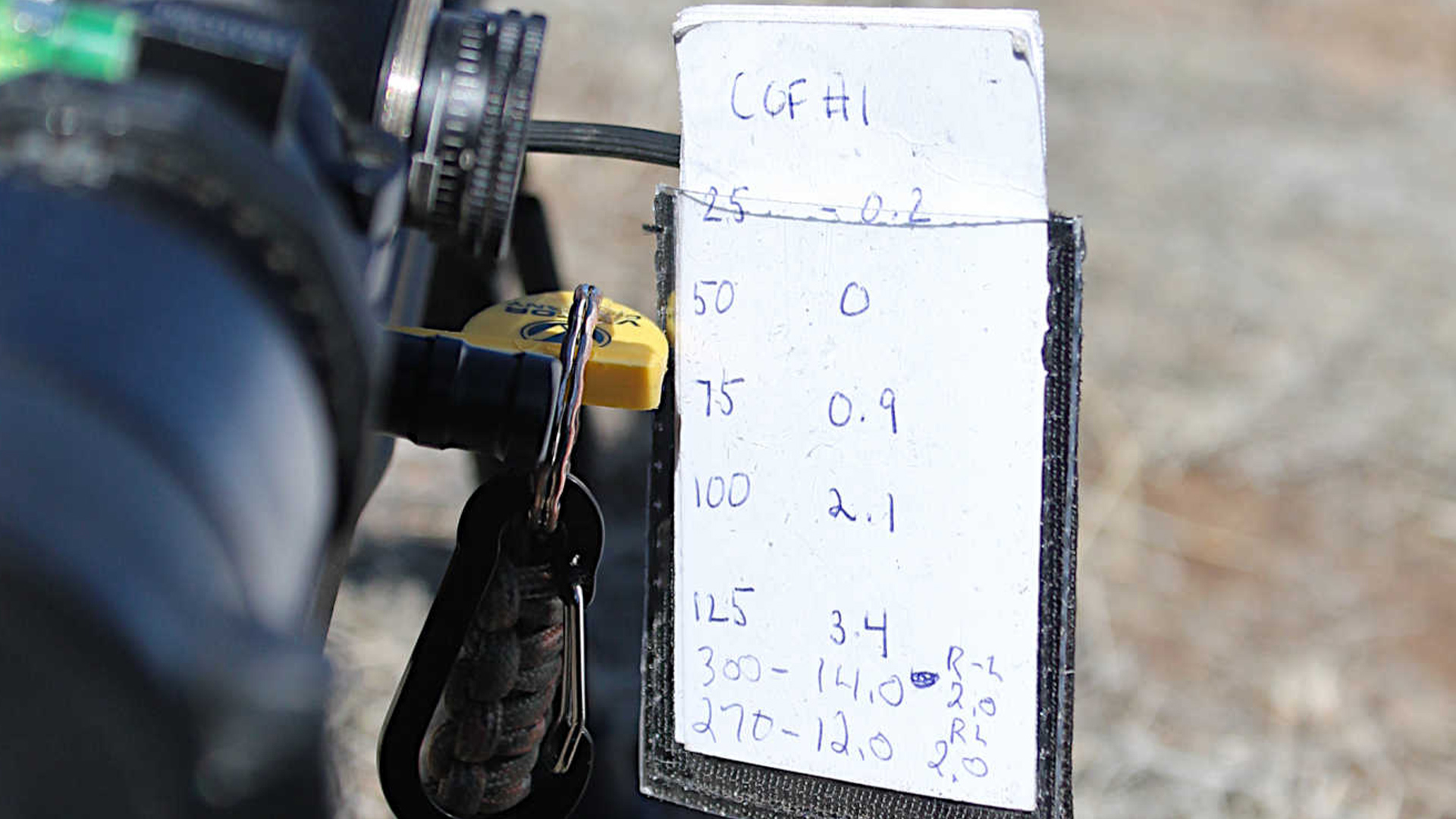
With some experience behind me, and in examining what others are shooting, perhaps a better entry-level choice may be the Ruger 10/22. The semi-automatic action has some advantage in timed stages, and one can readily upgrade later (or even immediately) with an aftermarket match-grade barrel and trigger group. Additionally, there are endless choices in parts and accessories, few of which need a gunsmith’s assistance.
There’s a lot of bang for the entertainment buck in the .22 LR tactical/long-range game, and no need to overspend to get started. But be forewarned, you’ll likely have so much challenging fun that you’ll eventually be spending on upgrades.


































